Nationality English Name George Thomson Fields Physics Role Physicist | Academic advisors J. J. Thomson Siblings Joan Paget Thomson | |
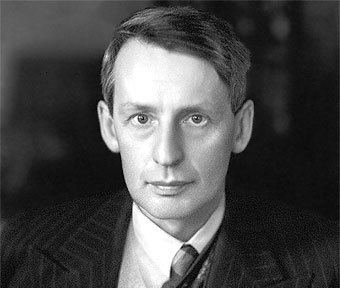 | ||
Born 3 May 1892Cambridge, England ( 1892-05-03 ) Institutions University of AberdeenUniversity of CambridgeImperial College London Parents J. J. Thomson, Rose Elisabeth Paget Books The Inspiration of Science, The Foreseeable Future, The Atom Grandparents George Edward Paget, Joseph James Thomson, Emma Swindells Similar People J J Thomson, Clinton Davisson, Lester Germer, John William Strutt - 3rd, John Cockcroft | ||
Doctoral students Ishrat Hussain Usmani | ||
George Paget Thomson | Wikipedia audio article
Sir George Paget Thomson, FRS (; 3 May 1892 – 10 September 1975) was an English physicist and Nobel laureate in physics recognised for his discovery of the wave properties of the electron by electron diffraction.
Contents
- George Paget Thomson Wikipedia audio article
- Education and early life
- Career
- Awards and honours
- Personal life
- References
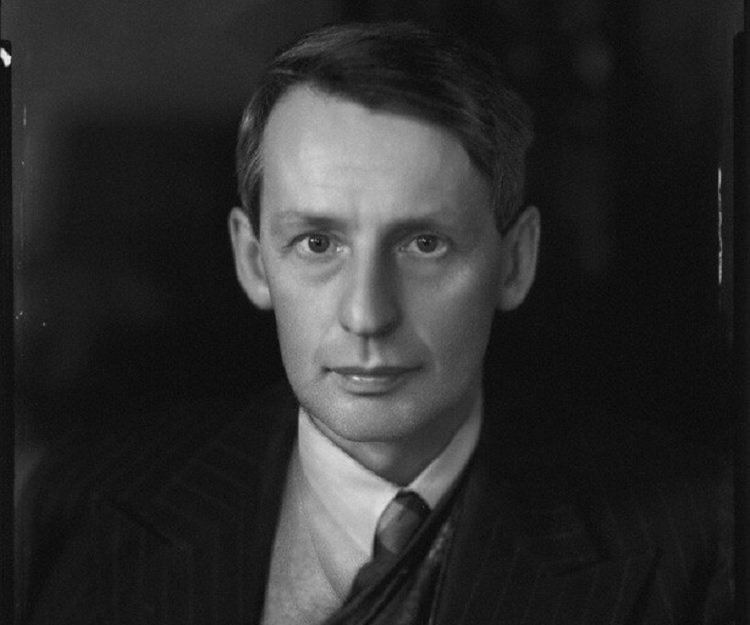
Education and early life
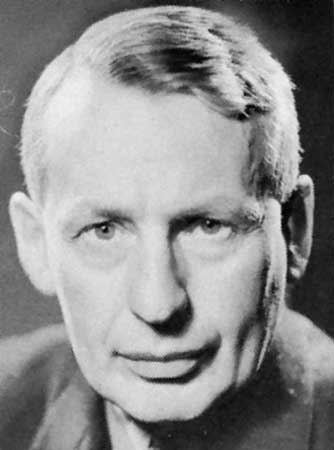
Thomson was born in Cambridge, England, the son of physicist and Nobel laureate J. J. Thomson and Rose Elisabeth Paget, daughter of George Edward Paget. Thomson went to The Perse School, Cambridge before going on to read mathematics and physics at Trinity College, Cambridge, until the outbreak of World War I in 1914, when he was commissioned into the Queen's Royal West Surrey Regiment. After brief service in France, he worked on aerodynamics at Farnborough and elsewhere. He resigned his commission as a Captain in 1920.
Career
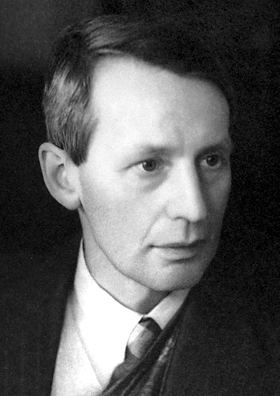
After briefly serving in the First World War Thomson became a Fellow at Cambridge and then moved to the University of Aberdeen. George Thomson was jointly awarded the Nobel Prize for Physics in 1937 for his work in Aberdeen in discovering the wave-like properties of the electron. The prize was shared with Clinton Joseph Davisson who had made the same discovery independently. Whereas his father had seen the electron as a particle (and won his Nobel Prize in the process), Thomson demonstrated that it could be diffracted like a wave, a discovery proving the principle of wave–particle duality which had first been posited by Louis-Victor de Broglie in the 1920s as what is often dubbed the de Broglie hypothesis.
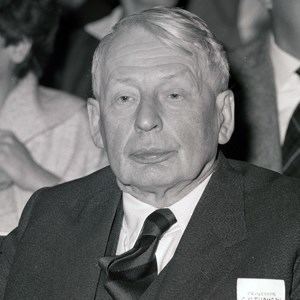
Between 1929–1930 Thomson was a Non–Resident Lecturer at Cornell University, Ithaca, New York. In 1930 he was appointed Professor at Imperial College London in the chair of the late Hugh Longbourne Callendar. In the late 1930s and during the Second World War Thomson specialised in nuclear physics, concentrating on practical military applications. In particular Thomson was the chairman of the crucial MAUD Committee in 1940–1941 that concluded that an atomic bomb was feasible. In later life he continued this work on nuclear energy but also wrote works on aerodynamics and the value of science in society.
Thomson stayed at Imperial College until 1952, when he became Master of Corpus Christi College, Cambridge. In 1964, the college honoured his tenure with the George Thomson Building, a work of modernist architecture on the college's Leckhampton campus.
Awards and honours
In addition to winning the Nobel Prize in Physics, Thomson was knighted in 1943. He gave the address "Two aspects of science" as president of the British Association for 1959–1960.
Personal life
In 1924, Thomson married Kathleen Buchanan Smith, daughter of the Very Rev. Sir George Adam Smith. They had four offspring, two sons and two daughters. Kathleen died in 1941. Thomson died in 1975 and is buried with his wife in Granchester Parish Churchyard.
